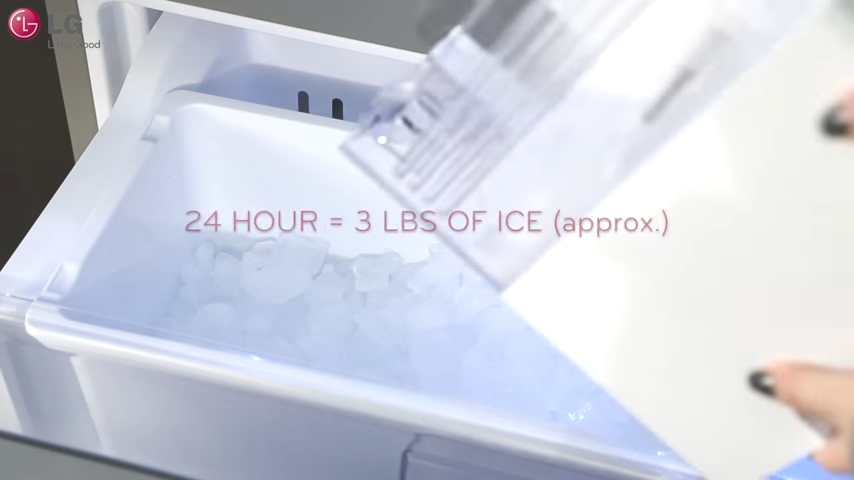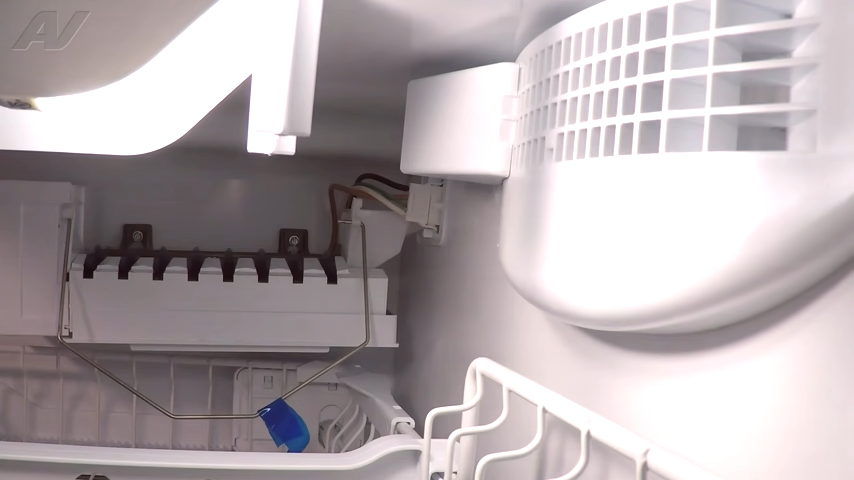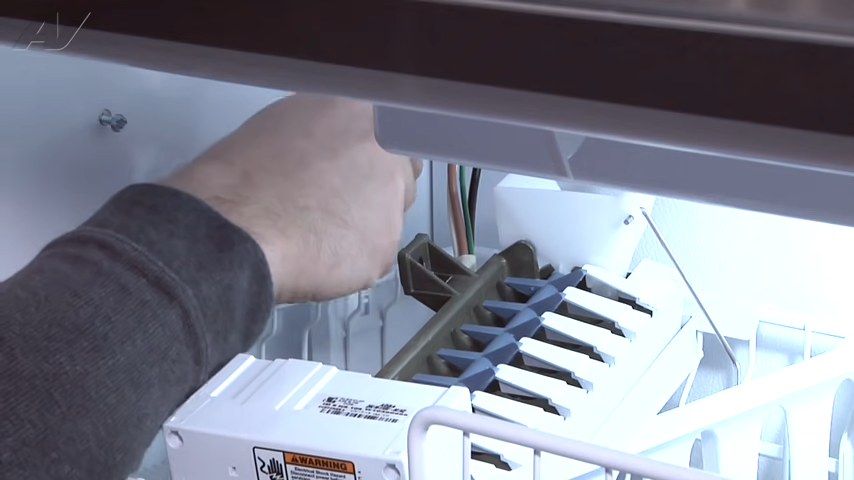Your fridge isn’t making ice? Don’t panic! There are many reasons kitchen fridges might stop producing ice. Nothing beats fresh food when lunch time approaches – but if there are no cubes floating inside th ice-maker, then perhaps these simple tips can help you before your guest arrives, or worse, after they have already eaten without having the ability to chill drinks. Bbecause who wants warm drinks during the summer heat?!!

Apparent Ice-Maker Breakdown
Your kitchen refrigerator is going crazy and you don’t know why! It could be something as simple and easy to fix, like forgetting the salt on top of some food items. This apparent breakdown can have a dozen different non-obvious reasons.
Problems with Water and Line
- The refrigerator will make ice if there is enough water in the reservoir. If the water level in the reservoir is too low, then no new cubes will form. Refrigerator problem might also exist if water is leaking somewhere from water line.

- Kinks in the water supply line can also prevent kitchenaid fridges from making ice. It is worth testing the supply line for kinks and squeezing them out with a pair of pliers or your hands. If the water line is damaged, it must be replaced.
- The water inlet valve opens and closes to allow water from your home’s water supply to enter the refrigerator.
- The water intake valve is an electronically-controlled valve that opens to allow water for the dispenser and ice maker. If the water intake valve is faulty or has insufficient pressure, it will not let water through. As a result, the ice maker will not produce any ice. To function properly, the valve must have at least 20 psi of pressure.
- Maybe it isn’t water supply coming up through your cold-water line or water pressure for fridge ice making too low. Do you have adequate water pressure? Slow or no water dispensing is often caused by a lack of water pressure. A refrigerator connected to a reverse-osmosis system may also reduce the fridge’s water pressure, resulting in tiny ice cubes, slow ice production, and/or a decreased amount of water being dispensed.
Clogged water filter
A kitchen aid fridge also stops producing ice when either its inlet valve or feed line has become clogged with debris and needs to be pulled out for cleaning before being put back in place again. There might also be a problem with kitchenaid ice machine filters which need cleaning or replacing every so often in order to maintain good performance levels. Dirty kitchenaid refrigerator filters cause ice cubes not being made because they get clogged easily. Running any type of cleaner through them will usually resolve this issue.
Problems with temperature and thermostat

The most common causes of kitchenaid freezers stopping to make ice is a faulty thermostat or defrost timer, and the solution is usually quick and easy. Your freezer temperature must be within a specific range for the ice maker to produce ice. If the temperature is too low (below 0℉) the ice maker’s ejection components can freeze, leaving them unable to dispense ice cubes. A temperature that’s too high (over 10℉) causes the ice maker to produce smaller or misshapen cubes.
Perhaps it is time to clean the condenser coils and let some new air circulate inside. This task requires a screwdriver or any other tool that can be used for disassembling kitchenaid appliances – just unscrew the back panel of your kitchen aid fridge, locate the evaporator fan motor (the topmost one) and vacuum up all of its dust with an industrial-grade cleaner before reassembling everything again.
No Panic!
At last, take a deep breath and relax. If you’re not sure what might be happening in there but want help figuring it out – call for expert assistance from an appliance repair!
